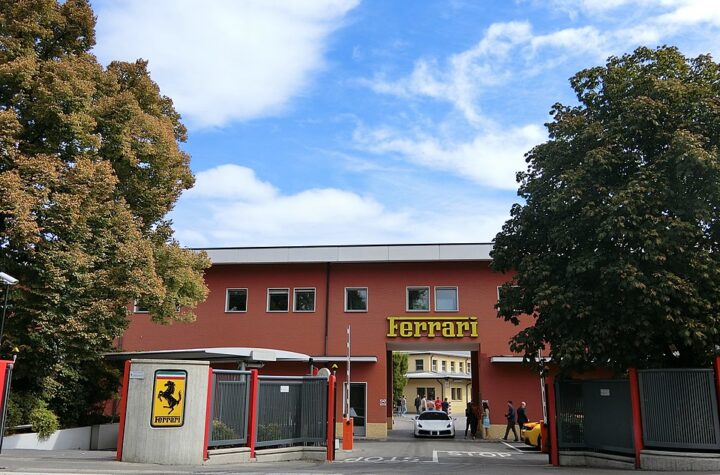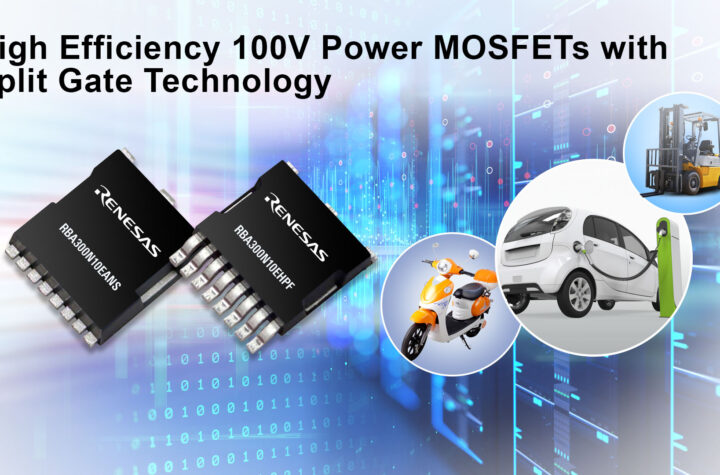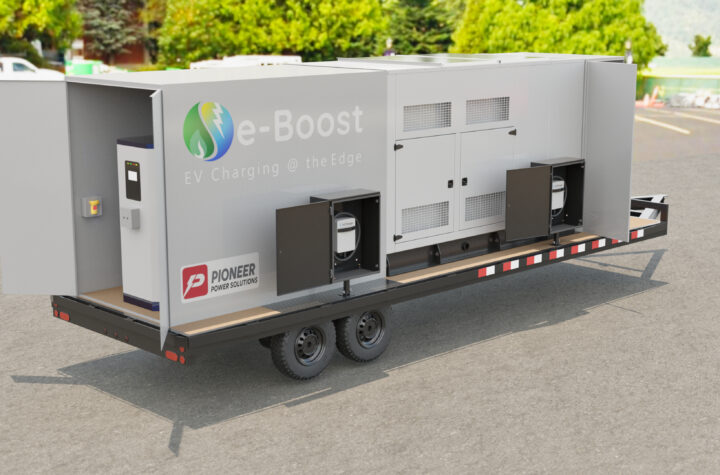
The market for hybrid and pure electric cars homologated as such is set to be $188 billion in 2025 according to IDTechEx analysis.
However, the world has changed for cars overall and now big is not always beautiful for mainstream car manufacture. EVs will reflect this. Although Sergio Marchionne boss of Fiat Chrysler famously said six million units a year is needed for a car maker to be profitable, his head of research Pietro Perlo left to successfully make small pure electric vehicles in a start-up. The car company that has shocked the industry by proving it wrong about the viability of pure electric cars is Tesla in the USA – a start up with better technology.
Trading up is easier than trading down
At the other side of the world, Donald Wu in Taiwan is global leader in little single-seat mobility vehicles for the disabled having sold nearly one million of them. He said he would be better able to make electric cars than the big car companies and he is proving it by making and selling several home grown models. Also in Taiwan sit the 100 pure electric cars that giant Toyota made before giving up in frustration at their poor cost-performance. Executives from small Taiwanese manufacturers are now driving these cars and they figure they can solve the problems.
Bucking bronco
Small companies are sometimes better at riding the bucking bronco of accelerating technical change particularly because, paradoxically, the megatrends in cars make them simpler. These include conventional to hybrid to pure electric and mechanical parts experiencing simplification then elimination. Electrics and electronics are merging into transmission or wheel or at least into the motor and battery housing – it does not stop there.
Structural electronics we see in the antennas and heaters in the windshield are transmogrifying into the supercapacitor trunk lid. Another version of structural electronics is the in-mold electronics in a shaped sheet of plastic starting to replace big wired components in dashboards and overhead control consoles and expected to replace all that dangling copper wiring. See the new IDTechEx report, Structural Electronics 2015-2025.
Value chain upended
Big is beautiful is now only a half truth in Japan. Suzuki and Daihatsu, dwarfed by the big boys, make most of the nicely profitable tiny “kei” cars for Japan and India. Little Mazda led the electrification of conventional cars with its alternator/ supercapacitor energy harvesting and its unique stop-start. Mitsubishi, small as a car maker though part of a big group, innovates strongly and its latest pure electric car is doing well. Little Subaru outsells Volkswagen in the USA. Indeed, the Economist notes that the small Japanese motor companies make bigger percentage profits than the big ones. Who will make all those millions of e-rickshaws, e-tuk tuks and MicroEV “cars” needed in the Philippines, Indonesia and India? You guessed it. The car value chain has been upended. Nowadays, it is often the case that different people make the car and they use different parts.
Much of the car industry may be going the way of huge factories making steel or telephone exchanges. They were replaced by small ones.
For more see the new IDTechEx report, Future Technology for Hybrid and Pure Electric Cars 2015-2025″ www.idtechex.com/evcars and remember – the only dinosaurs that survived were the ones that became silly little birds – with better technology.
About IDTechEx
IDTechEx guides your strategic business decisions through its Research and Events services, helping you profit from emerging technologies.
We provide independent research, business intelligence and advice to companies across the value chain based on our core research activities and methodologies providing data sought by business leaders, strategists and emerging technology scouts to aid their business decisions.
IDTechEx Events provide an analytical, commercial outlook, taking into account market requirements, competitive technologies and development roadmaps. Attendees are presented with the full, diverse range of technologies; but the main thrust is always on end-user needs and commercialization strategies.














More Stories
BlackBerry Unveils Strategic Relaunch of QNX Brand to Reinforce Leadership in Automotive and General Embedded Industries
Southfield Classics utilizes Ampere EV engineering to become the first manufacturer to achieve Low Volume Vehicle Manufacturer Certification
Sika – where battery storage technology for EVs, wind and solar meet